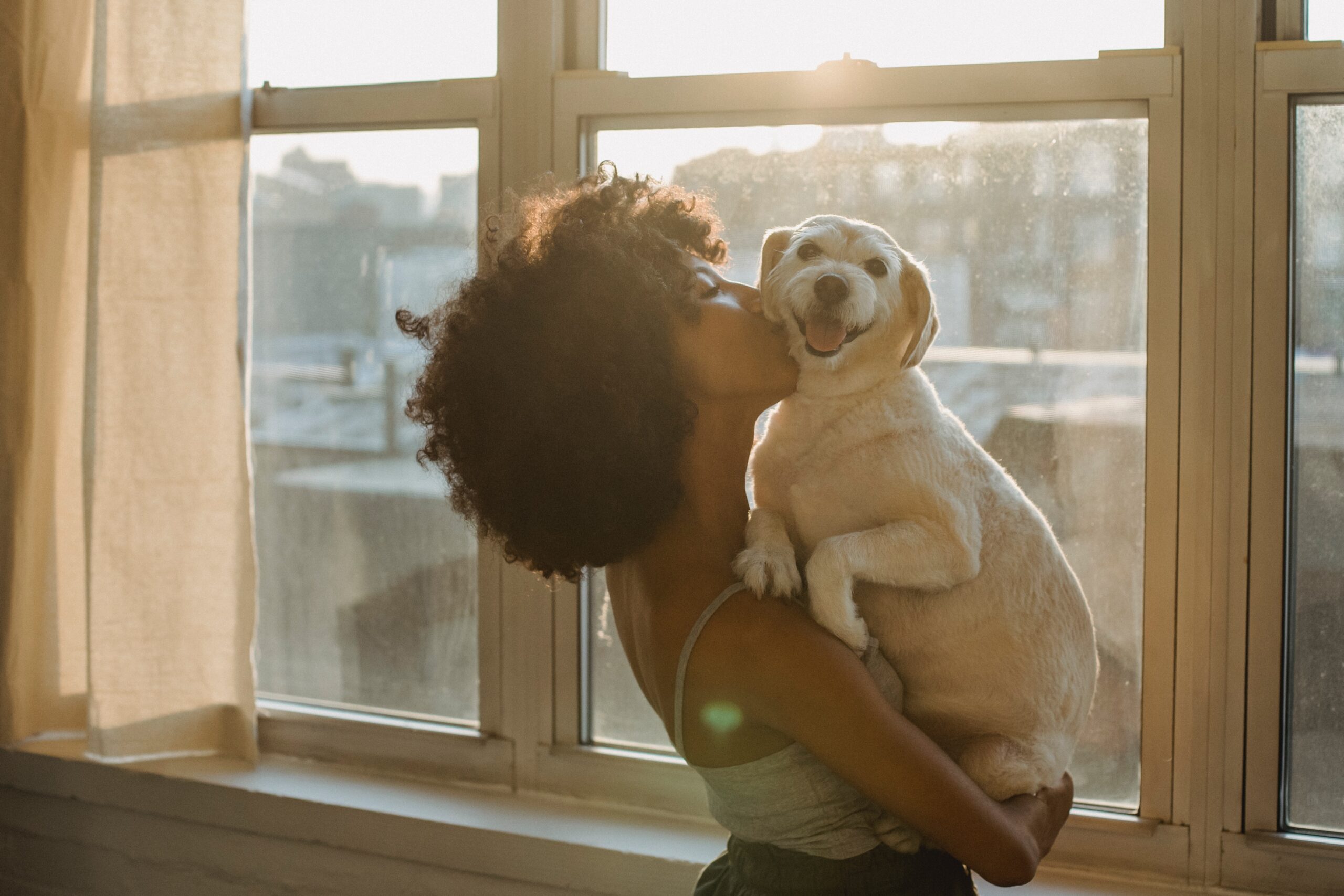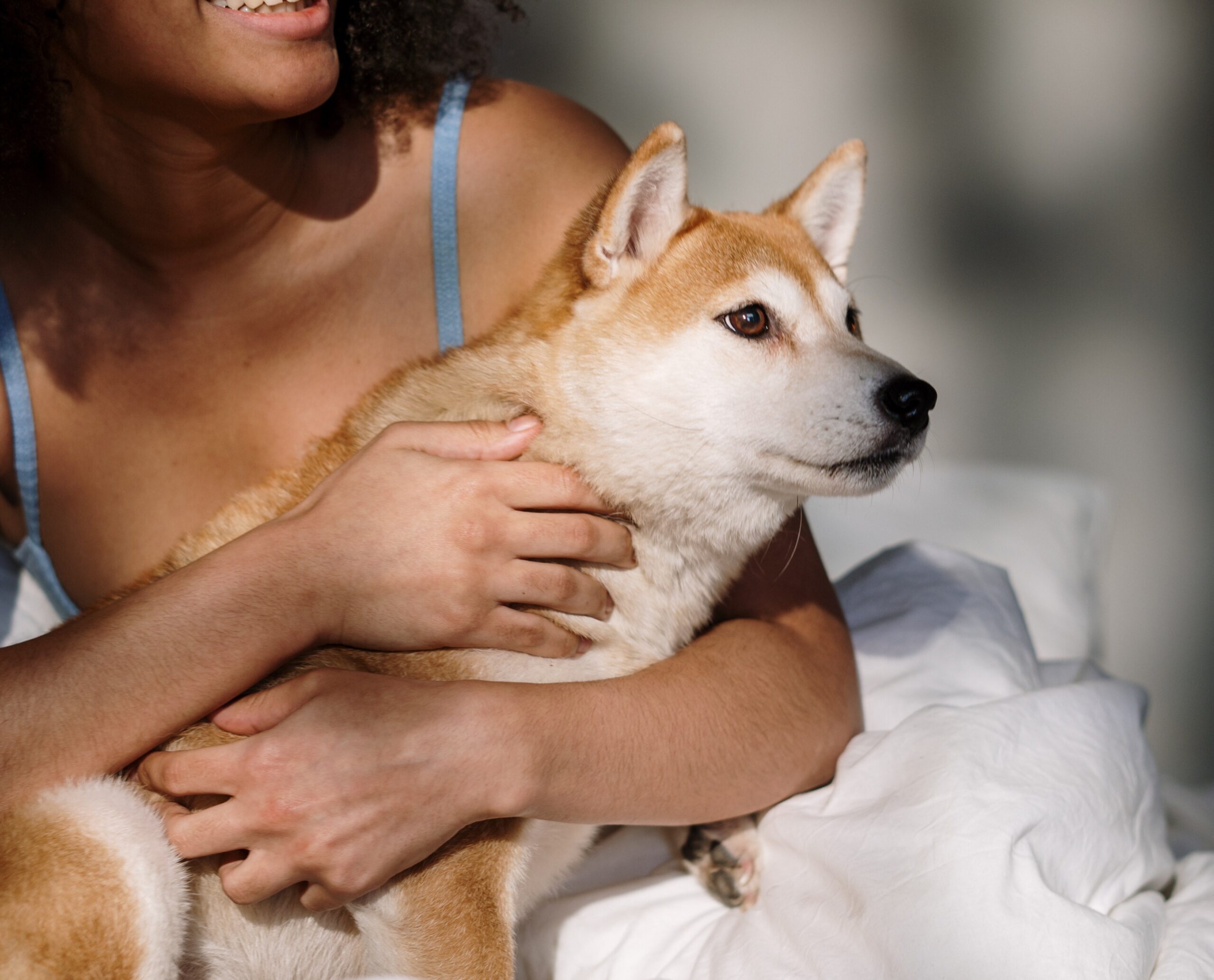Why Microchipping Your Pet is Crucial for Their Safety and Your Peace of Mind
As a responsible pet owner, ensuring your pet’s safety is your top priority. While tags and collars are essential to identify your pet, they can easily fall off or be removed. This is why microchipping your pet is so important. It offers a reliable and permanent identification method that can help you be reunited with your lost pet. In this article we will discuss about the benefits of microchipping your pet.
What Exactly is Microchipping?
Microchipping is the insertion of a tiny device, roughly the size of a grain of rice, under your pet’s skin, usually between the shoulder blades. Each microchip has a unique identification number, which can be read using a scanner. This number is then recorded in a database with your contact information, so if your pet goes missing, their microchip can be scanned.
The Advantages of Microchipping
- Increased Chances of Reuniting with Your Pet: In case your pet gets lost, their microchip can be scanned by a veterinarian. As a result, your contact information can be accessed quickly, increasing the possibility of your pet being returned to you safely.
- Provides Proof of Ownership: Microchipping your pet can serve as evidence that you are the rightful owner. This can be particularly useful in situations where your pet is stolen or if there is a dispute over ownership.
- Saves Time and Money: Searching for a lost pet can be a time-consuming and expensive process. Microchipping can expedite the process of locating your pet and can save you money on search and rescue operations.
- Peace of Mind: Knowing that your pet has permanent identification can offer peace of mind.
The Microchipping Procedure
Microchipping is a simple and quick process that can be done at your veterinarian’s office. The microchip is inserted under your pet’s skin using a needle, and the procedure is usually painless. After the microchip is in place, your veterinarian will register the chip with your contact information in a database.
Although microchipping is a one-time procedure, you must keep your contact information up to date in the database. This ensures that if your pet goes missing, you can be contacted easily and quickly.
Final Thoughts
Microchipping your pet is a simple and affordable method of providing permanent identification that can assist in reuniting you with your lost pet. With the benefits of increased chances of reuniting with your pet, proof of ownership, savings in time and money, and peace of mind, there is no excuse for not microchipping your furry friend. Talk to your veterinarian today about microchipping to ensure the safety of your pet and your peace of mind.









